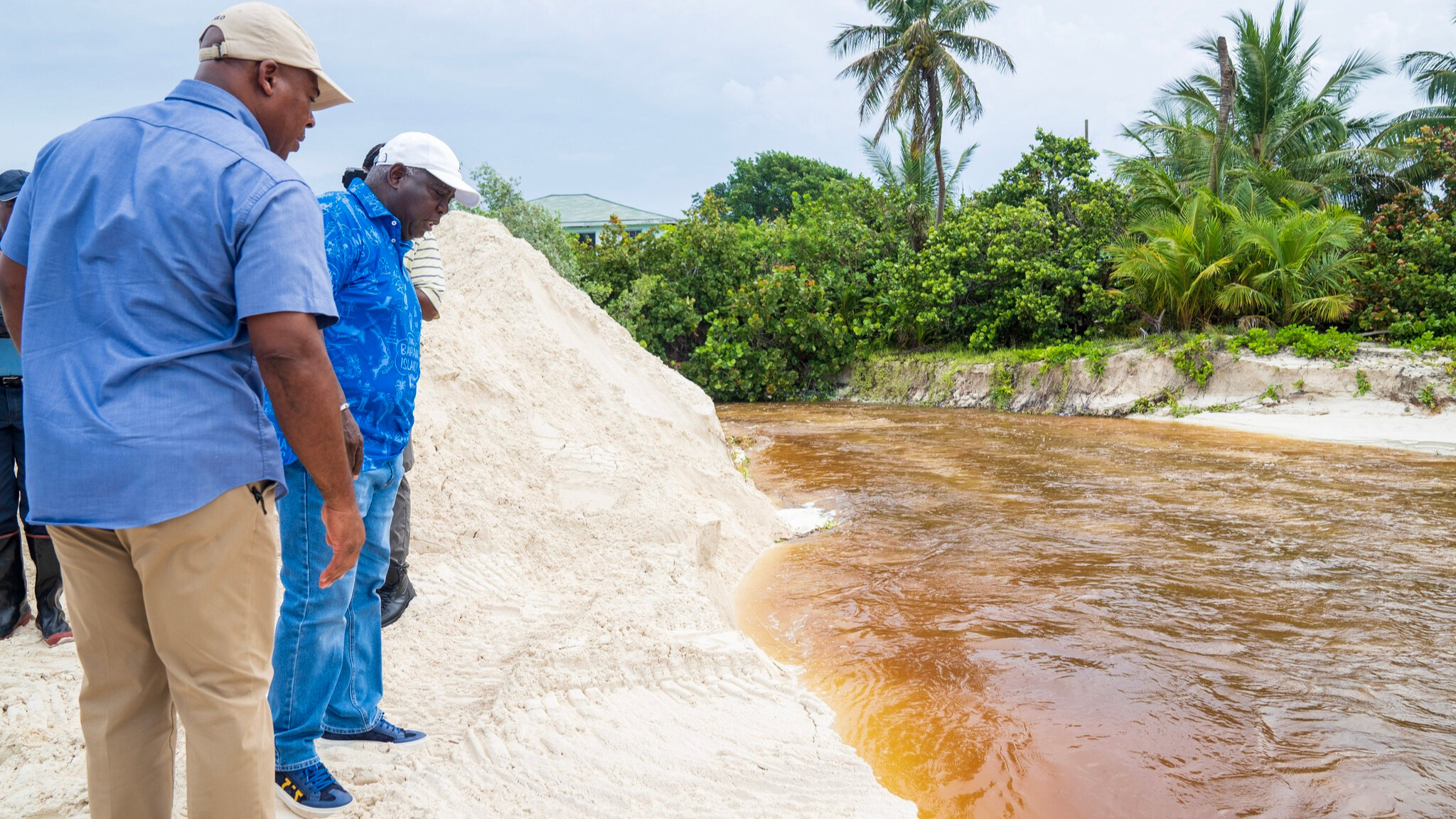What is climate change mitigation?
Climate change mitigation refers to actions and strategies aimed at decreasing the amount of emissions released into the atmosphere and in reducing the current concentration of carbon dioxide (CO2) by enhancing sinks. These actions are crucial as there is a direct correlation between global average temperatures and the concentration of greenhouse gases (GHGs) in the atmosphere. Efforts to reduce emissions and enhance sinks are referred to as “mitigation”.
Countries are required to develop and implement programmes to mitigate climate change, taking into account their respective responsibilities and capacities. These programmes target economic activities with the goal of incentivizing cleaner actions or discouraging those that result in significant GHG emissions. They encompass a range of policies, incentive schemes, and investment programmes that address various sectors, including energy generation and use, transportation, buildings, industry, agriculture, forestry and other land use, and waste management. Mitigation measures may involve increased utilization of renewable energy, adoption of new technologies like electric vehicles, or changes in practices and behaviors such as reducing vehicle use or modifying dietary habits. Additionally, they may include initiatives to expand forests and other carbon sinks to enhance removal of CO2 from the atmosphere.
The success of The Bahamas' plan for its part in climate change and the reduction of greenhouse cases is an expensive venture for a nation of approximately 400,000 people.
What are the mitigation priority areas of The Bahamas?
The goal of the implementation of mitigation actions in The Bahamas it to transition to renewable energy while increasing energy efficiency and savings, the encouragement of sustainable agroforestry practices and an improvement on the waste management across the country.
The assessment of measures to reduce greenhouse gas (GHG) emissions in The Bahamas for these priority areas is based on national circumstances, sustainable development goals, and national development priorities. These mitigation actions take into account various aspects, including economic, social, environmental, and capabilities for reducing GHGs.
Mitigation actions span across the five sectors outlined by the IPCC: Energy, Industrial Processes and Product Use (IPPU), Agriculture, Land Use and Land Use Change and Forestry (LULUCF), and Waste. To manage the extensive array of mitigation actions within the Energy sector, as this sector contains over 80% of the mitigation actions identified as priority areas for The Bahamas, these have been broken down into sub-sectors such as Energy Demand, Electricity Generation, and Transport.


